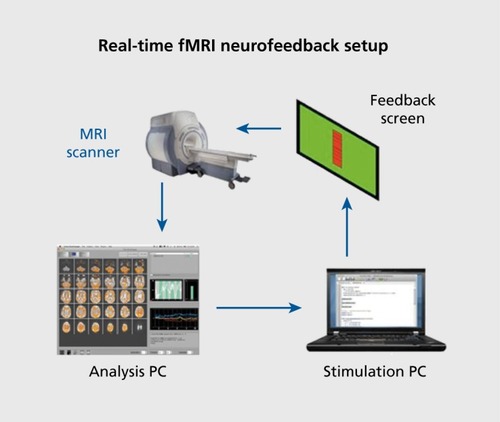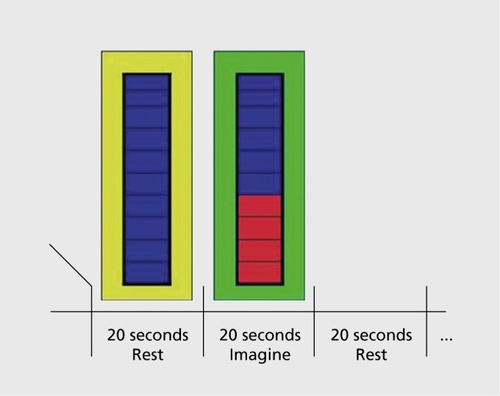Figures & data

Table I. Symptoms of depression. Five symptoms are required over a 2-week period for an episode of major depression (DSM-IV). ICD-10 defines depressive episodes by a combination of the most typical (printed in bold face) and other symptoms.Citation19 The number of symptoms determines the severity of the episode: 2 typical and 2 other: mild; 2 typical and 3 or 4 other: moderate; 3 typical and 4 or more other: severe. The column on the right indicates the broad domains into which the symptoms can be tentatively classified: ER, emotion regulation; C, cognition; M, motivation; H, homoeostasis


